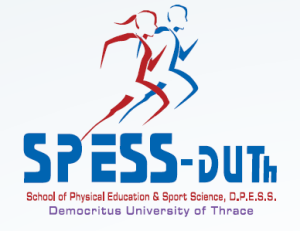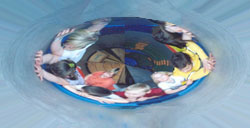Epidemiological study of playground accidents in Greece
The purpose of the present study was to record epidemiological data concerning playground incidents in Greece. ”Student Injury and Incident Report for use in Swedish Schools (SIIR)’’ by Laflamme et al (1998) was utilized for the recording of 1066 incidents occurred in 127 playgrounds throughout Greece. Results showed that significantly more incidents took place in cities than in villages, more boys injured than girls, more accidents happening in the afternoon and most of the activities were organized by adults (p<.001). Most of the incidents occurred on the ground (20.2%). Running (16.6%) seemed to be an activity that causes injuries. Many accidents occurred because of slipping on the surface or the equipment (24.5%). Children got injured mostly at the knees (11.5%). These accidents are caused by misusage of the equipment (13.7%) and wrong technique during the activity (11.1%), while anxiousness in many ways seems to be another important factor (11.9%). Most injured children seemed to need no specific care (42.9%) and most of the injuries would (62.3%) or could (30.5) have been avoided if the conditions were better. The incidents could have been less severe, or even avoided, if the playgrounds were safer designed, maintained and supervised.
Epidemiological study of playground accidents in Greece Read More »






